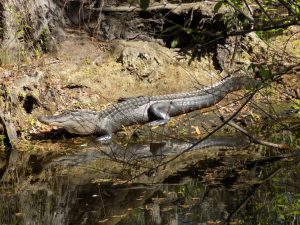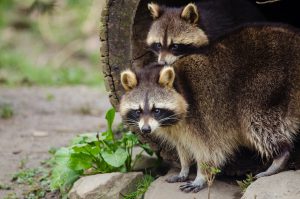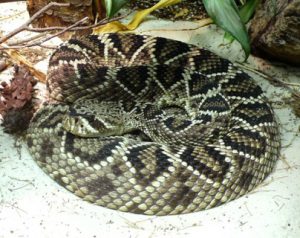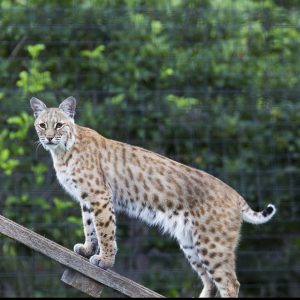Wildlife Safety
As an intern at UF IFAS Extension and Sustainability Sarasota County, I have learned a ton of useful skills that will help me in my pursuit of a career. However, there are a few life skills I learned here that I will never forget: for instance, what to do in the rare chance that you come face to face with an angry…
Alligator:

Contrary to popular belief, do NOT run in zigzags if an alligator is chasing you! Turns out, alligators are opportunistic feeders, meaning that they do not go too out of their way to catch their food and are highly unlikely to chase you. To ensure everyone’s safety around alligators…
- Keep your children and dogs away from freshwater or brackish water sources at dawn and dusk, when alligators are more active
- Do not feed alligators, we do not want them to lose their natural fear of humans or think we’re an easy source of food
- Do not intentionally provoke or anger alligators
Panther or Bear:

Little did I know, if you come in contact with a panther or bear:
- stand up straight,
- do not turn your back or bend down,
- maintain eye contact,
- and back away slowly while looking at the animal.
- Most importantly, never run!
Bobcat:
My high school portrayed our mascot, the bobcat, as this fierce, agile animal. While that is true in general, they are not fierce with humans. Bobcats are secretive and skittish and are not a concern for us.
Coyote:

If you see a coyote:
- stand tall, yell, wave your arms and make noise. This is called hazing and should cause the coyote to move on.
- Don’t run, as coyotes are playful and may run after you.
- If you have a dog with you, pick them up if they are small, or stand in front of them if they are large.
Raccoons:

Stay away! Raccoons are the most common vectors of rabies in Florida. Infected raccoons are disoriented and unafraid of humans or cars. Report unusual behavior to Sarasota County animal control at (941)-861-9500.
Snakes:

Most snakes in Sarasota County are non-venomous and important parts of our ecosystems. Allow them to continue on and they will ignore you.
If you are bitten: The best method of treatment for a snake bite is a cell phone, so you can call 911 immediately. Keep quiet and minimize movement to prevent the spread of venom. Remove constrictive jewelry or footwear near bite to avoid problems with swelling. If at all possible, try to get a photo of the snake to aid medical personnel in identification and need for treatment.
Learn more about Sarasota County’s amazing wildlife from our ecology and natural resources educator, Dr. Katherine Clements. Join her for a Wild Sarasota webinar or a Florida Master Naturalist class. Watch her Wild Sarasota series here:
An Equal Opportunity Institution. UF/IFAS Extension, University of Florida, Institute of Food and Agricultural Sciences, Nick T. Place, dean for UF/IFAS Extension. Sarasota County prohibits discrimination in all services, programs or activities. View the complete policy at www.scgov.net/ADA.
 0
0

